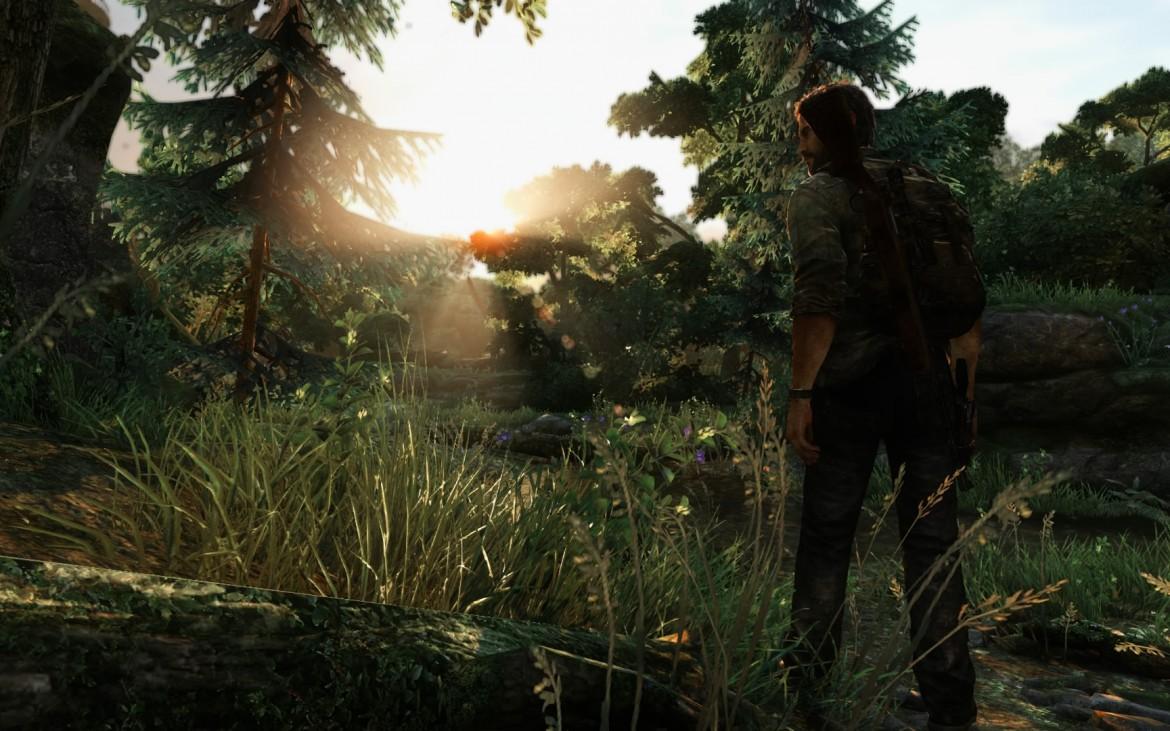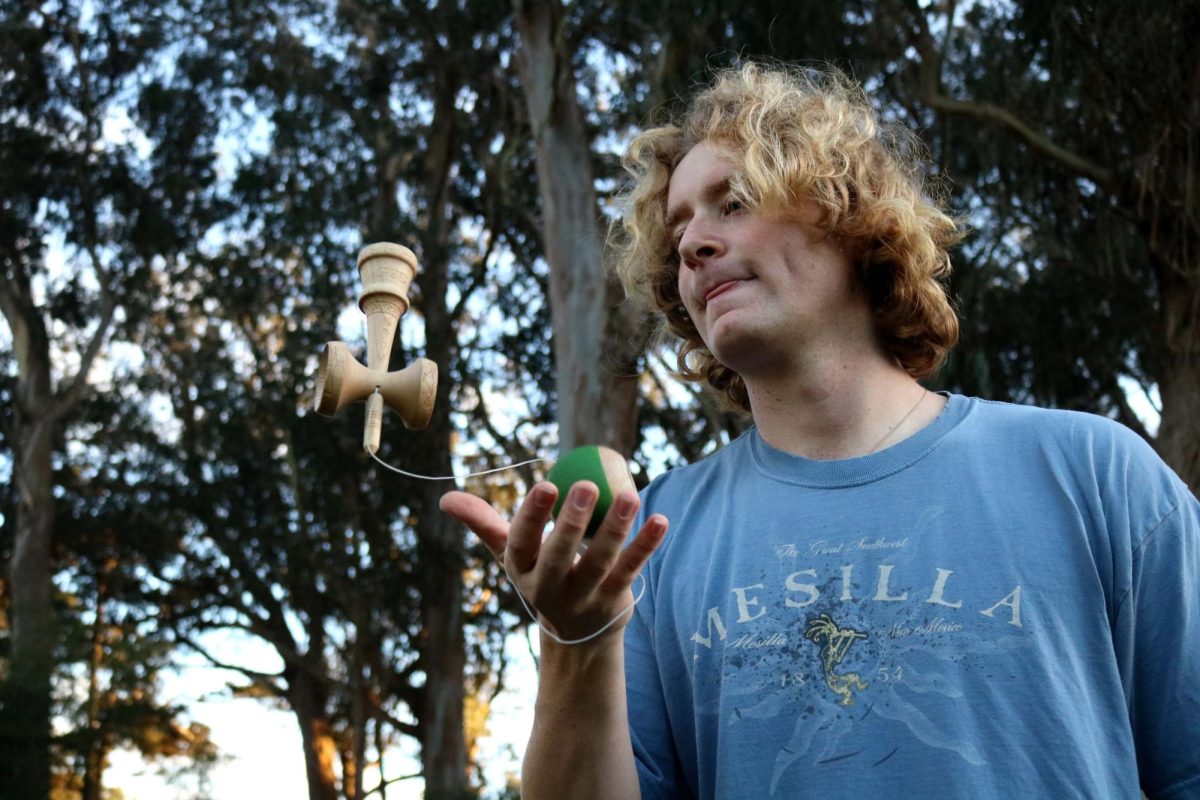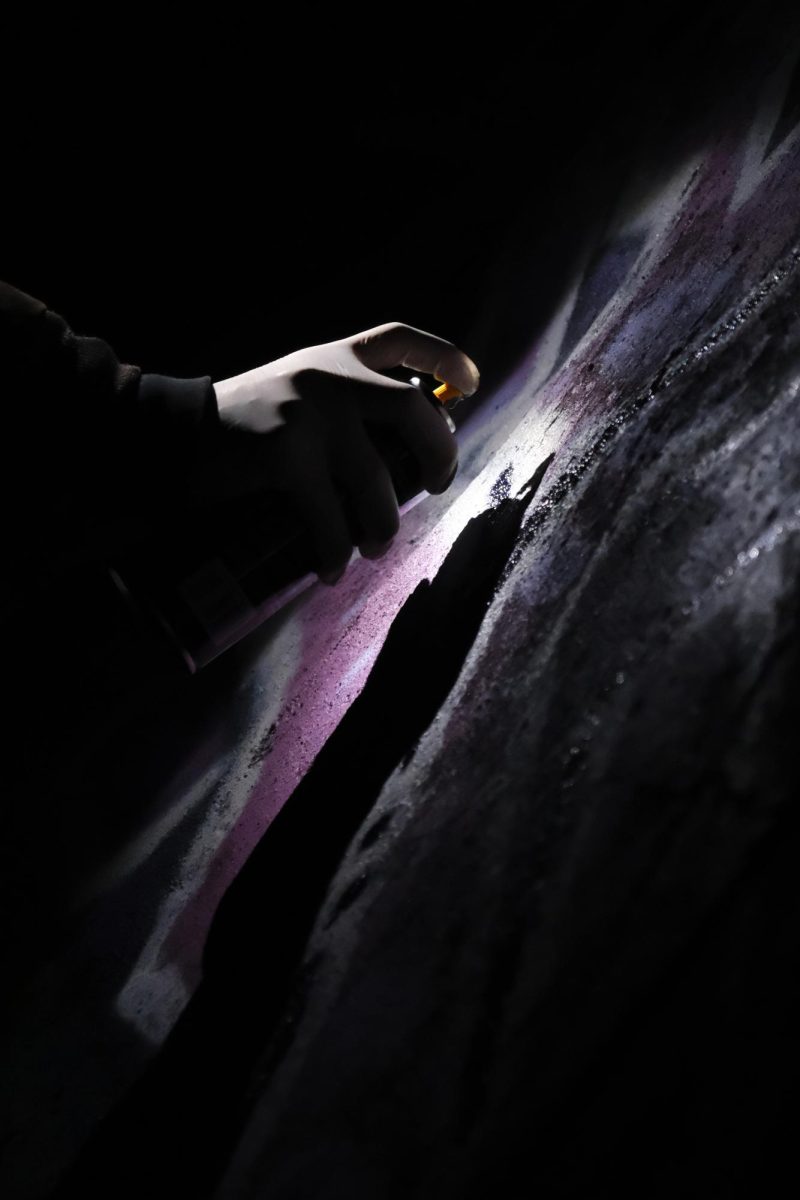Video games, at their best, craft amazing, interactive worlds that yield escapism at its finest; the dark, blood-stained hallways of the Ishimura mining spaceship in Dead Space; the waist-deep Bostonian snow of Revolution-era America in Assassin’s Creed III; the dense Soviet Union rainforest filled with a myriad of dangerous wildlife in Metal Gear Solid 3: Snake Eater. Universes like this can become deep sandboxes that let the player absorb what they want and find their own stories. It is the beautiful quality that video games have over other mediums – the ability to soak in the finest details of the world at a leisurely pace.
But there has been almost no convenient way to document this exploration in video games. In the real world, we can take pictures of what we see fit to share. Everyone has a camera in their pocket so when the moment strikes, click. Saved. Uploaded. Immortalized. Leaked. Photography has trickled out to the masses and reached a point where every handheld device has some sort of a camera in it.
Video games have now latched onto the Instagram-ification of our lives through the Share button on Sony’s Playstation 4, which allows players to easily take their own screenshots and videos and share them online. Some new games have taken it a step further past normal screenshot taking through a slowly-budding feature called Photo Mode. Photo Mode was added post-launch to inFamous: Second Son, a Playstation 4 game, and allowed the player to freeze time at almost any moment, frame a nice shot, add effects or filters, and use the Playstation 4’s Share button to, like its name, share the gallery of fresh pictures with the Internet. Then, the critically-acclaimed The Last of Us: Remastered, inFamous: First Light, and Middle-Earth: Shadow of Mordor followed quickly after, aping the feature and improving on it each time.

This new wave of photographers do not even have to be experts around a camera anymore, such as Justin Dugger. Dugger’s light photography experience was not something that needed to translate much into his Photo Mode work, nor did it have to for him. Naughty Dog, developers of The Last of Us: Remastered, picked Dugger’s entry in their contest as the best character photo out of the thousands of entries they received in August.
Dugger’s formula for composing the winning photo followed one simple rule: find a way to showcase the game’s grim tone in one snapshot.
“The game has such a rich palette of genuine emotions that are thrown at you from the very start all the way to the end,” says Dugger. “I really wanted to focus on the character dynamics specifically of Joel and Ellie [the two protagonists] while documenting that universe. You can see the dirt on their faces. They’re worn down and completely beaten. You can see the ruggedness and mental exhaustion in Joel’s face while Ellie has that kind of quirky, ‘glass half full’ expression.”
Part of the reason Photo Mode was able to take off is because of the sheer graphical horsepower of modern gaming machines. Freezing time and zooming in and out dares the player to carefully pick apart any inconsistencies that the game might show. Polygon counts are ridiculously high now when compared to any previous video game generation, making any immersion-destroying graphical hiccups or glitches harder to find.

Even Naughty Dog’s critically and commercially successful hit Playstation 3 game Uncharted 2: Among Thieves from 2009 used thirty-seven thousand polygons for its main character and was praised for its awe-striking visuals. Uncharted 4: A Thief’s End, Naughty Dog’s upcoming Playstation 4 game, is more than doubling that already incredibly high number. For comparison, Jak’s character model from Naughty Dog’s 2001 PS2 game Jak and Daxter had four thousand polygons and was lauded for its gorgeous visuals. More overall polygons usually translate to more visual fidelity and more fidelity makes the potential for gorgeous, convincing photos to skyrocket.
“Often times in games, there are small details that people don’t notice,” continues Dugger. “Photo Mode really opens the door for admiration of video games on a microscopic level which really hasn’t been possible before. Recently there has been this uproar of debates on mechanical and political aspects of games while pushing the games we’ve come to love behind this wall where we are negligent as to what they are: beautiful, visionary works of art.”
“Art” is the linking word between Justin Dugger and Kevin Patag, the person who took home the overall grand prize in the same photo contest Naughty Dog held for The Last of Us: Remastered.
“Photo Mode is pretty much another way of sharing art within art,” says Patag. “Photography is an art which people use to share moments in their lives and of others. It is not much of a ‘need’ but a ‘want’ to let other people see things or moments that they might or might not have experienced or relate with.”

But art in video games is not limited to photos. Not even in Photo Mode. It was more of a Video Mode for popular YouTube personality Grant Voegtle. Voegtle edited together a video trailer in August with a “less is more” approach that was entirely shot using Photo Mode, the Ken Burns effect, and one of the solemn tracks from The Last of Us: Remastered’s beautiful soundtrack. This unorthodox use of the tools garnered over two hundred and twenty-nine thousand views on YouTube in only two months. Thinking outside of the box was just something he says he had to do and it was easy, given the flexibility of the tools and his artistic mind.
“When Joel was carrying his daughter, Sarah, by the exploding gas station was the exact moment when I said ‘Holy shit. I can make a trailer where time is frozen and I’m rotating the camera’ and I decided right there that I had to do this,” says Voegtle.
Real-life photographers do not get the liberty of freezing time and manipulating shots. Jason Gregory, the lead programmer at Naugthy Dog, says that each form of photography shares parallels with each other.
“The core elements of a good photo remain,” says Gregory. “Lighting, composition, framing, subject matter, and grabbing a moment at just the right instance are all critical elements of a good photo or screenshot. In Photo Mode you have a lot more control over your subjects as you’re literally pausing the action to take the “photo” but all other aspects of a good photo must be perfected and you have to pause at just the right moment for something to truly be awesome.”

Gregory mentions that sharing these moments has been an essential part of our lives these days.
The relative simplicity of photo sharing is now in all walks of life so it is only natural that games mirror this. Facebook, Instagram, and Twitter all make taking and sharing photos only a few clicks away for the user and now Photo Mode is a digital reflection of that culture.
But it goes past Instagram, past Facebook, past social media in general for some. For Conz Porter, the winner of the action shot in the Photo Mode contest in The Last of Us: Remastered, it boils down to what this is all about at its core: the need to share creativity of any kind regardless of medium. Porter’s experience of growing up in Alabama made it a struggle to creatively blossom in an area that he says is stuck in the 1920s, so the online components of sharing pictures became a much-needed muse.

“It’s the same way Instagram allows us to connect and inspire, but through video games,” says Porter. “If it wasn’t for Instagram, I wouldn’t be so driven. Seeing other artists’ works inspired me to create art at a time when I stopped caring for my art and had given up on the idea of me being able to share my art with the world in this lifetime. I get so much love and support from all around the world on Instagram. So the same thing goes for photography in gaming. I hope to inspire as I have been inspired.”
Porter’s envy of California’s arts and drive to create in his artistically archaic state pushed him to inspire his mother to publish her first poem book, which was started by her great grandmother. Only a year ago, this was just an impossible dream to her.
“I’m trying to get her in frame of mind that it’s never too late. The world is yours with infinite possibilities,” says Porter. “Basically what I’m saying is nothing is impossible. Our society needs these experiences and photos shared with the world. This is a new world. A new era. Everyone has a cell phone, some kind of computer and/or game system, and soon the Internet will basically be mandatory, so take advantage of literally having the world in the palm of your hands. #PS4Share.”
Sony’s #PS4Share hashtag was coined at the console’s inception, not only pimping the console’s Share button, but also foreshadowing how important the social aspect of the PS4 would be. Sony says that button has been pressed millions upon millions of times, which can easily lead to more potential photographers. Photo Mode is yet another gateway for new hobbies to sprout, where accidental experimentation can lead to stunning pictures, and where the same game can be artistically warped through each individual’s creative filter to conceive something entirely original. By publishing three of the games that support Photo Mode and creating an entire button dedicated to sharing, Sony has led the charge in user-created video game pictures; a territory previously dominated by the real world. With a strong precedent set, it is just up to other video game companies to share that mindset





![[From left to right] Joseph Escobedo, Mariana Del Toro, Oliver Elias Tinoco and Rogelio Cruz, Latinx Queer Club officers, introduce themselves to members in the meeting room on the second floor of the Cesar Chavez Student Center.](https://xpressmagazine.org/wp-content/uploads/2024/03/mag_theirown_DH_014-1200x800.jpg)



